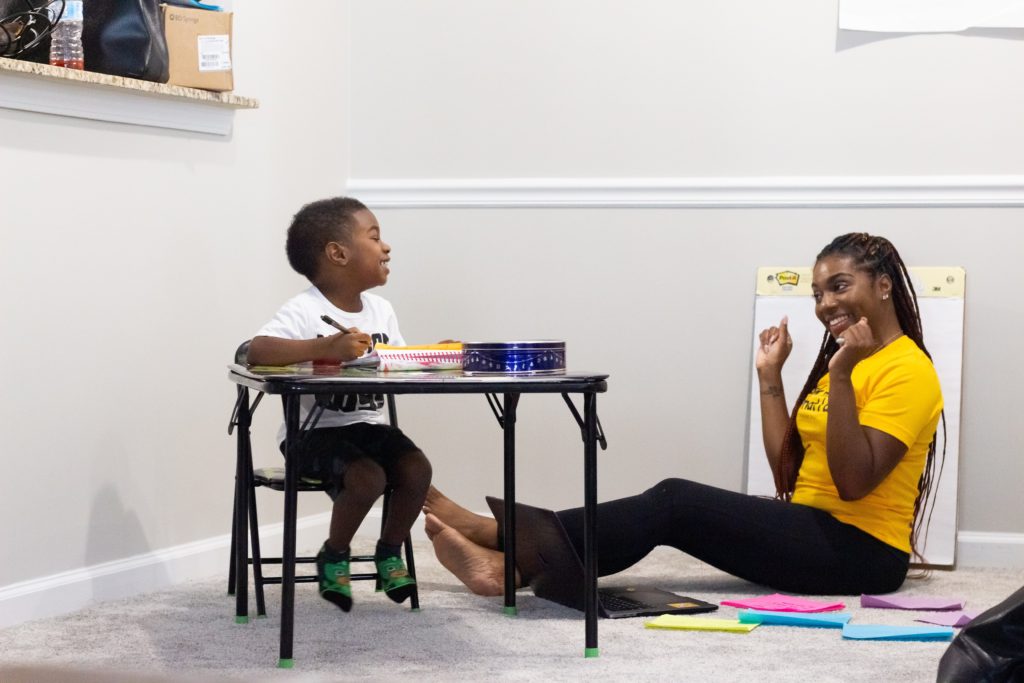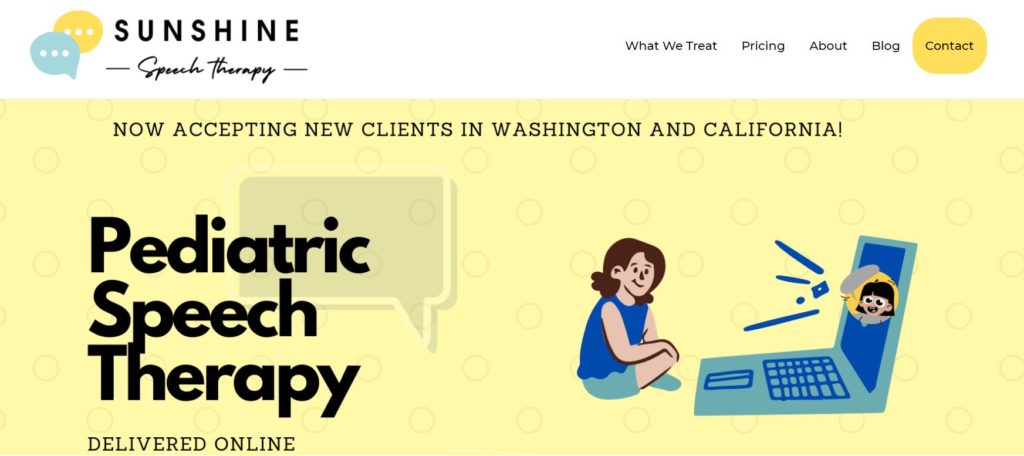So you found out that you have a speech impaired child. They seem to be harder to understand, or are not speaking quite as well as other kids their age. What now? Speech therapy is one option, but the exuberant costs of traditional private practice ($150-250 per session) can be out of reach for many families. Some practices that accept insurance may have crazy long waiting lists, some as long as a year.
What can you do to help them at home, right now?
How do you provide speech therapy at home?
Step 1: Figure out what their exact speech deficits are

In school-age speech pathology, there are generally 5 key areas of communication. They are:
- Articulation - how CLEAR individual words sounds
- Fluency - volume, pitch, speed of their sentences
- Expressive Language - grammar and vocabulary
- Receptive Language - comprehension
- Pragmatics - social language skills
What is your child struggling with?
Problem: They are hard to understand, some words sound unclear —> Articulation
Problem: They are talking too fast, too loud, too soft, are stuttering, pausing —> Fluency
Problem: They aren’t talking much, their sentences are short, make no sense or are out of order, have few vocabulary —> Expressive Language
Problem: They don’t understand me, or have a hard time following basic directions —> Receptive Language
Problem: They don’t say the write things to other people, are socially inappropriate —> Pragmatics
Step 2: Model the skill you want them to improve

Kids learn language by what they see and hear in their everyday life. In speech, modeling is the best way to teach a skill. The more you do it, the greater number of opportunities they get to learn it.
Learning language takes a good model and repetition.
Say your kid is a late-talker. Can you force them to start talking? No! You have to start doing the talking for them. Watch what they are doing, and narrate what they’re playing with or doing. “Dinosaur! Green dinosaur! Dinosaur is eating. Dinosaur is walking.” By doing this, they are not only hearing more language, but language surrounding things that are interesting to them. Overtime, they might start using new words like “green”, “dinosaur”, “walking” too!
Are they saying a sound incorrectly? Does their L-sounds wonky? Say the word to them, and have them LOOK at your mouth! Some kids have no idea what they are supposed to do with their lips and tongue. Show them what it’s supposed to look like.
Are they not following directions? Keep your sentences short and simple. Demonstrate what you want them to do. Less of a “Kiara, you know you’re not supposed to be leaving things around the house like that” and more of a “Pick up book!”, followed by you holding their hands to physically pick up the book.
Are they not making friends? Model proper social etiquettes. Wave and say “Hi”, “Bye”, “Please” and “Thank you” to people. Join other kids and play side by side with them, share materials, or play a cooperative board game together.
Step 3: Download FREE activities to further develop that skill
One method of acquiring free materials to target language skills is typing in the area of need (Articulation, Pragmatics, Expressive Language, Receptive Language, Fluency) into Teachers Pay Teachers search bar and selecting the “free” option. You’ll have a large list of materials to download at your disposal.
Other than that, here are the BEST sites for free speech therapy materials for parents to complete at home.
Alternative: Get an affordable speech therapist online
Of course, not every parent have the time or expertise to figure out all of their child’s language needs. Sometimes, you just need a professional to step in and get them the help they need.
Sunshine Speech Therapy is one such private practice that bypass the complicated insurance jargon and get your child a 1:1 certified, pediatric-trained speech pathologist for a flat $79/session. Plus, all sessions are done remotely on a computer, making scheduling a breeze.



